“If we are the future of Puerto Rico, why don’t we deserve an adequate education? An adequate education in every sense?”
As the sun rises on the largest United States territory, young people continue to struggle in an educational system that is actively working against them. Education in Puerto Rico has undergone significant changes and obstacles in recent years. Extreme natural disasters such as Hurricane Maria and the COVID-19 pandemic have worsened student enrollment, halving the student population over fifteen years from nearly 550,000 in 2006 to 276,413 in 2021. Speaking about the quality of learning after COVID-19, Yiria Muñiz, a teacher for Academia Maria Reiña in San Juan, noted, “2017 and 2022 children are not the same. If you think about my seventh graders right now, they’ve been going through something ever since second grade. So, they have missed on many, many opportunities to develop social, academic, behavioral, emotional skills.”
Poor academic outcomes have also been a significant factor in Puerto Rico’s education dilemma, with only a quarter of eighth-grade students being ‘proficient’ in math, according to the Nation’s Report Card. Not only are many students performing poorly on standardized exams, but thousands in Puerto Rico failed their classes during the 2021 academic year. The lack of internet further emphasized these problems for a quarter of Puerto Rican residents during the pandemic, which kept many students from engaging in online learning. Puerto Rico’s educators have also been put at risk during an extreme shortage of teachers in late 2022, resulting in the hiring of thousands of retired educators to stem large walkouts of teachers in public schools due to poor pay, with one teacher being quoted as saying, “I may never be able to retire at this rate.”
Despite the array of challenges of online learning, many Puerto Rican students face hardships in person at public schools. Recently, students in Puerto Rico have taken to social media, sharing their experiences with schools that lack basic sanitation and sometimes have seemingly been abandoned. These issues highlight some of the challenges faced by many public school kids in rebuilding Puerto Rico and demonstrate a potential need for education reform in schools across the territory. According to Alaisha Torres Soto, the senior class president of the Luis Felipe Crespo High School in Camuy, “It’s not just my school; it’s most of the schools in the public school system in Puerto Rico.”
Although the difficulty of public education in Puerto Rico remains a prominent issue amidst the seemingly crumbling infrastructure of schools, steps have been taken to remedy the current situation, and in a move highly lauded by the U.S. Department of Education, the Commonwealth of Puerto Rico decided in May 2023 to decentralize the Puerto Rico Department of Education (PRDE). This move would separate the Local and State Educational Agencies, ensuring more regional attention and resources would be allocated directly to Puerto Rican communities. PRDE’s decision to dismantle its current unitary system in favor of more local systems would allow students and parents to develop solutions that benefit individual communities rather than waiting for slower, federally-backed resources to reach these smaller regions. According to Governor Pedro Pierluisi (NPP, D) of Puerto Rico, “[T]o prove that we are taking action quickly, in addition to the expanded set of school supplies and materials that every school will receive, at the beginning of next semester each school principal will have a debit card that will allow them to make purchases directly for the supplies they need because we want our children to focus on learning and our teachers to focus on teaching from the first day of school.”
While it is far from a cure-all to fix Puerto Rico’s education problem, the PRDE’s attempt at decentralization is the first step to resolving the issues plaguing many communities in the region. Decentralized, individual districts and schools are meant to have more direct access to federally allocated funds, allowing them to increase the quality of education and student life and fix public education infrastructure from the ground up. The decentralization plan reflects efforts made by the Puerto Rico and the United States governments to create a joint solution that will aid students immediately by removing elements of the previously cumbersome bureaucracy of their centralized educational system. In this way, decentralization reforms of the PRDE spark a glimmer of hope for a brighter future for Puerto Rico’s youth and will be beneficial to form an educational system that gives life to the goals and aspirations of kids across the territory.

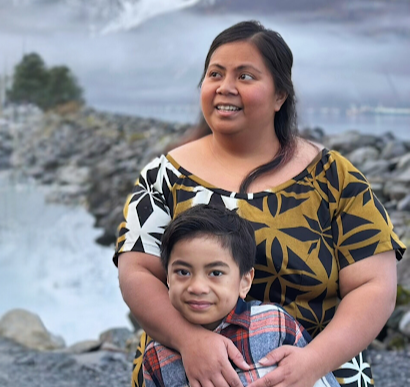
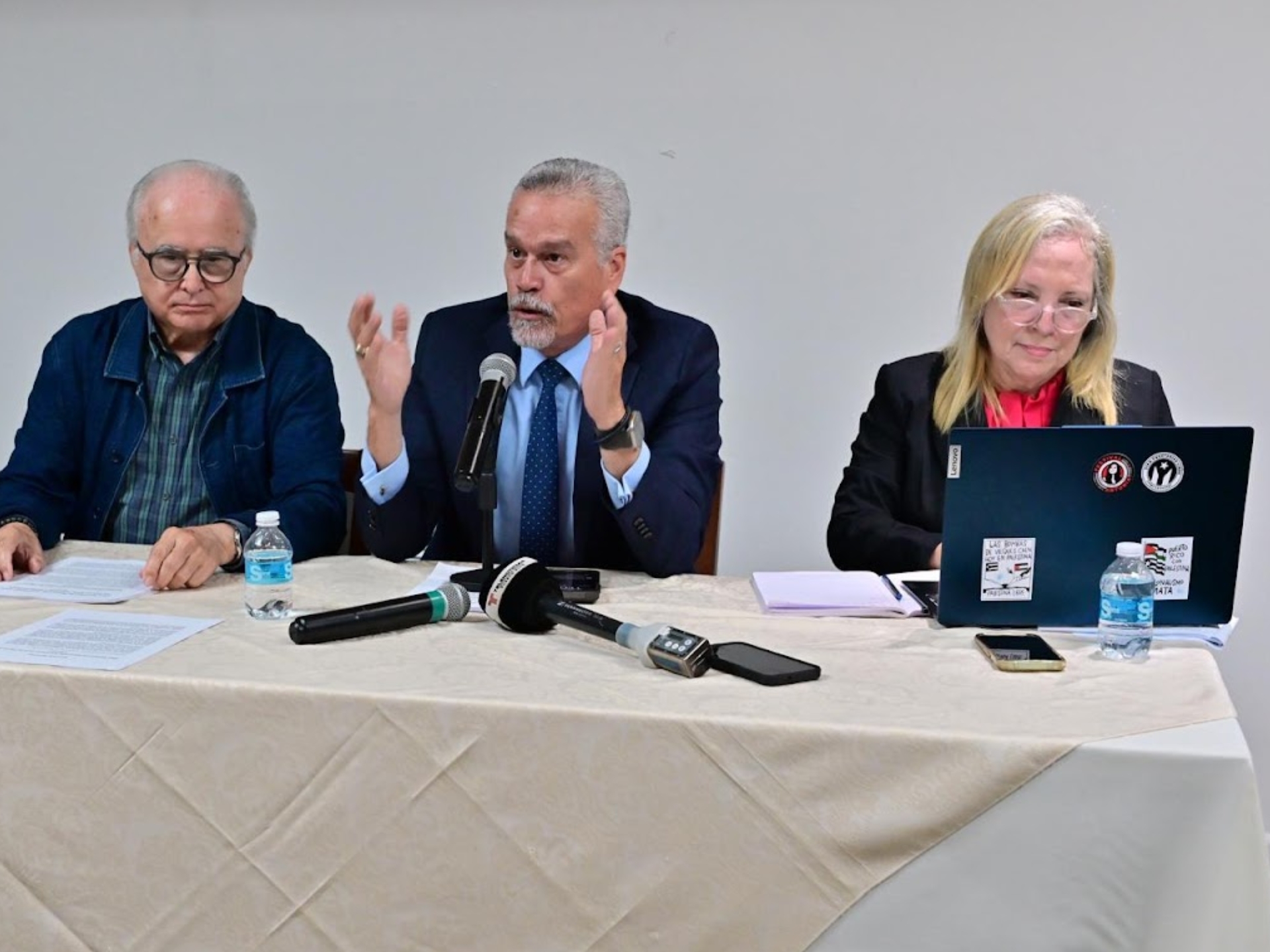

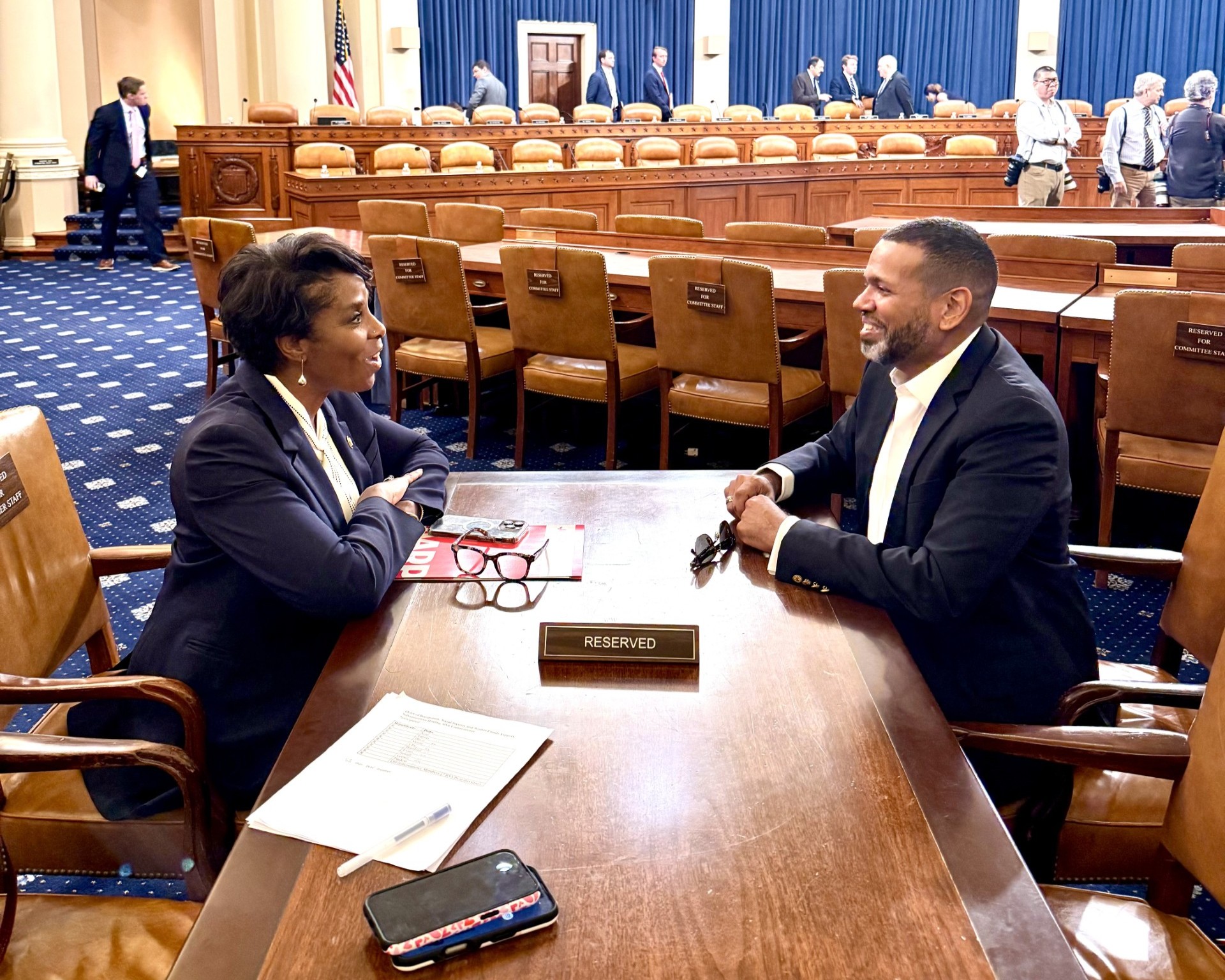

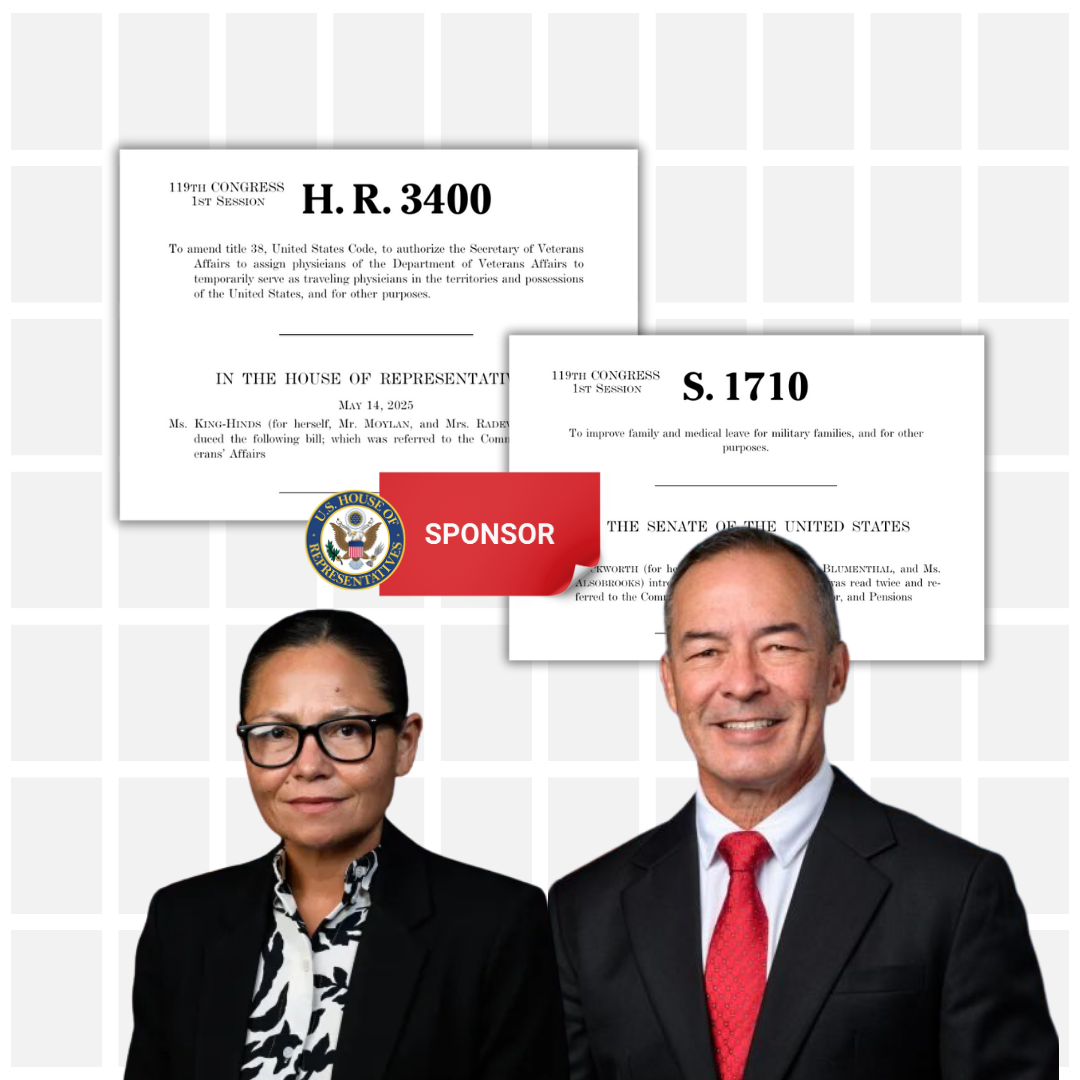
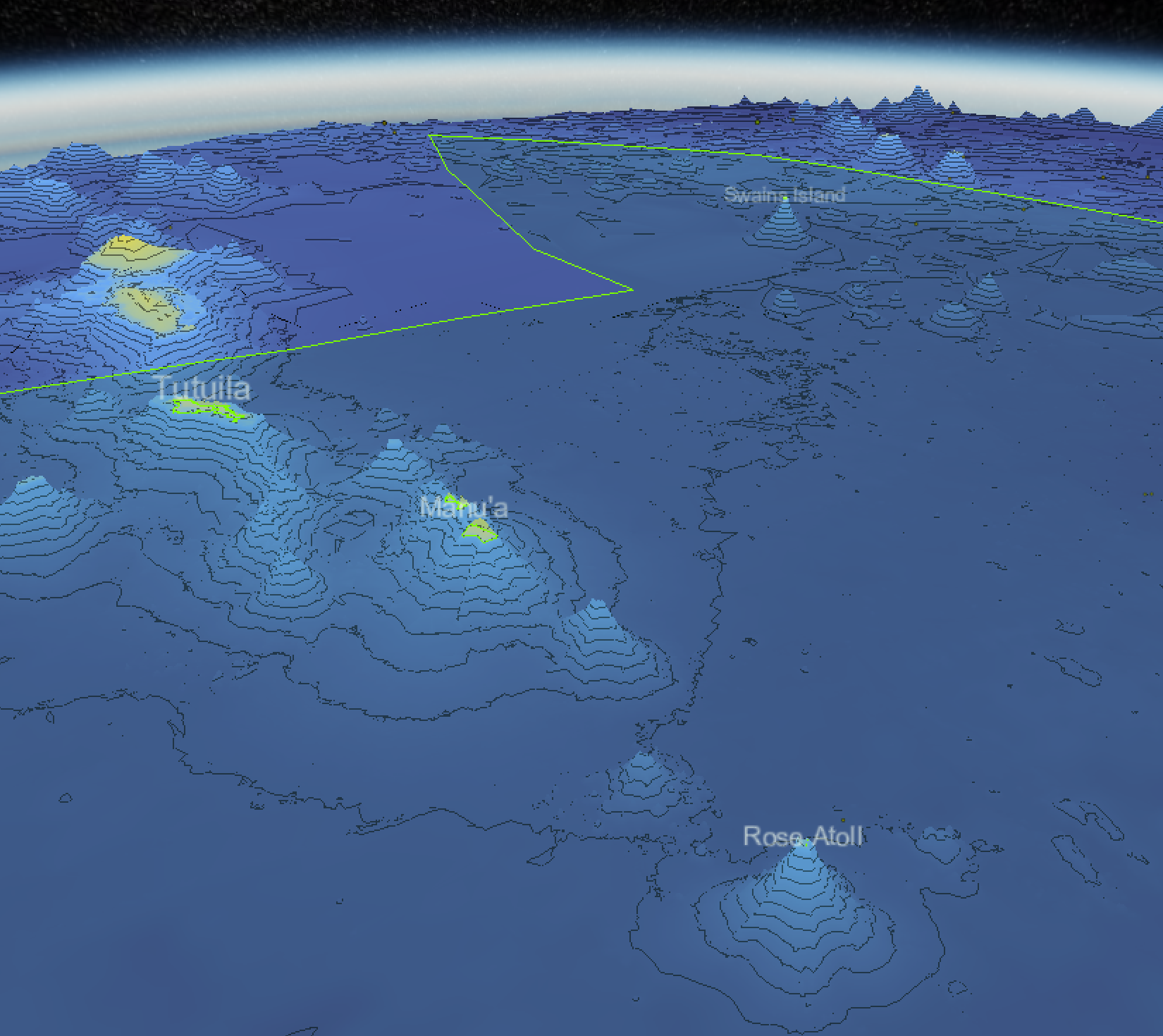
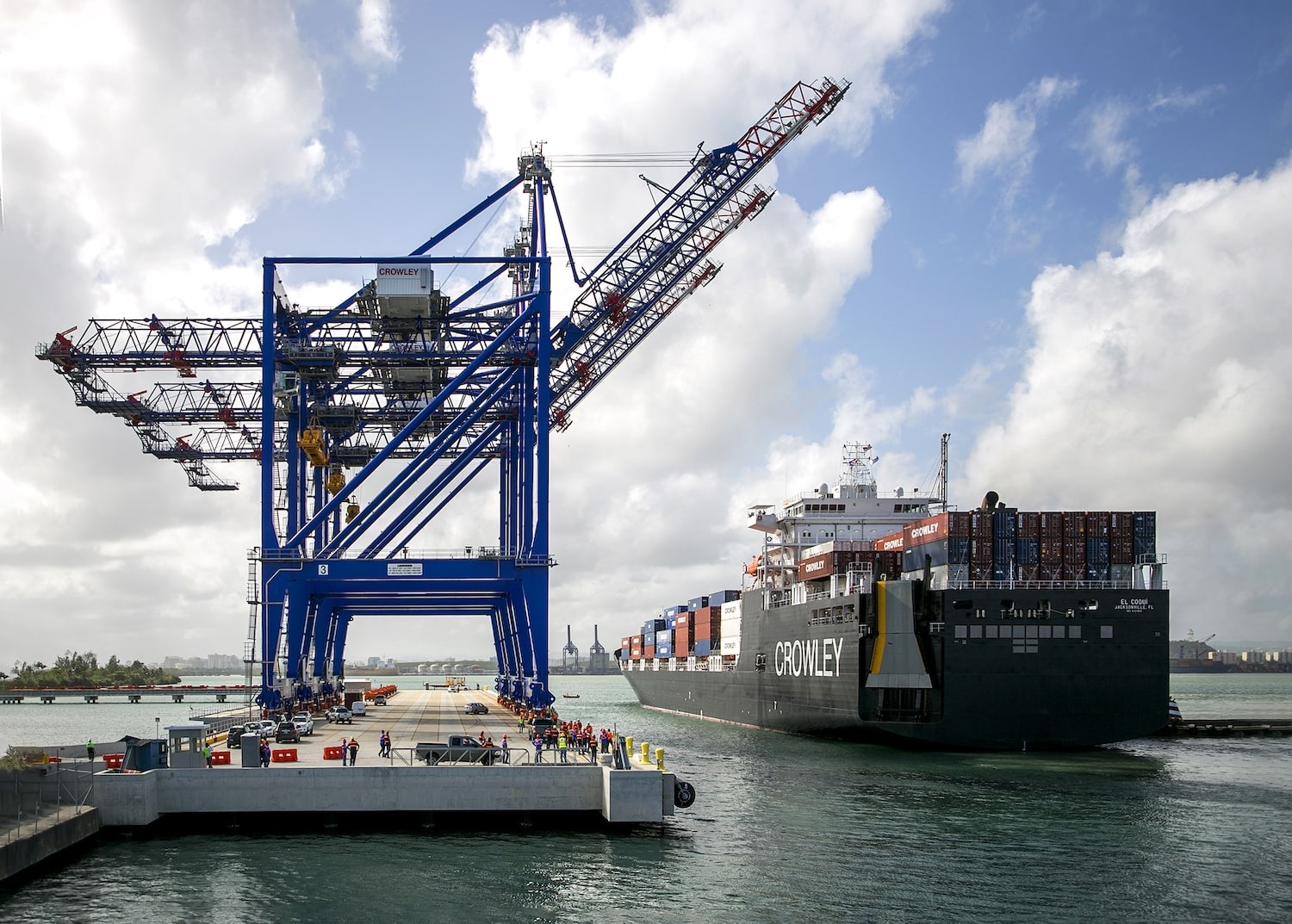


0 Comments